Jammu & Kashmir Switch to Hindi
PM to Inaugurate Z-Morh Tunnel
Why in News?
The Prime Minister is going to inaugurate the Z-Morh tunnel on 13th January 2025, marking the first major milestone in establishing a year-round strategic corridor between Kashmir and Ladakh.
Key Points
- Strategic Importance of the Z-Morh Tunnel:
- Year-Round Access:
- The Z-Morh tunnel, located in Ganderbal district of central Kashmir, is crucial for keeping Sonamarg open to tourists throughout the year.
- It addresses the previous issue where snowfall and avalanches would block access to the tourist spot in winters.
- Year-Round Access:
- Tunnel Features:
- The Z-Morh tunnel, located under the Thajiwas Glacier, bypasses areas prone to landslides and avalanches.
- An intelligent traffic management system will help regulate vehicle flow and will also facilitate adventure tourism at Thajiwas Glacier and the Sindh River.
- Cultural and Tourism Boost:
- The tunnel was praised as a major infrastructure asset for central Kashmir, with significant potential to boost winter tourism in the region.
- Details of the Tunnel Project:
- Cost and Length:
- The Z-Morh tunnel, built at a cost of Rs 2,680 crore, is 6.5 km long and features a two-lane passage.
- It includes a 10.8-meter main tunnel, a modified horseshoe-shaped escape tunnel, and several culverts.
- Connectivity:
- The Z-Morh tunnel is part of the larger strategic route to Ladakh, linking to the Zojila tunnel.
- The Zojila tunnel, Asia's longest, will reduce travel time between Ganderbal and Kargil from three hours to just 20 minutes.
- Cost and Length:
- Geopolitical and Strategic Significance:
- The Zojila and Z-Morh tunnels are vital for the movement of goods and personnel, especially for security forces stationed in Ladakh.
- The Zojila Pass is currently the only road linking Kashmir to Ladakh but is often closed during the winter months due to heavy snow.
- Both tunnels are located in seismic Zone IV, necessitating the implementation of robust safety measures to prevent structural damage.
Jammu & Kashmir Switch to Hindi
Vande Bharat for Katra-Srinagar Route
Why in News?
Recently, the Railway Board unveiled a Vande Bharat Express train, specially designed to operate seamlessly in the challenging winter conditions of Jammu & Kashmir, for the upcoming Katra-Srinagar rail route.
Key Points
- Climate-Specific Features:
- The Vande Bharat Express, stationed at Shakurbasti coaching depot in New Delhi, has been specially designed for Jammu & Kashmir's extreme winter conditions.
- It features advanced heating systems to prevent the freezing of water and bio-toilet tanks, ensure the vacuum system and laboratories remain warm, and optimize air-brake system functionality in sub-zero temperatures.
- Passenger Amenities:
- The train also includes all amenities found in existing Vande Bharat Express trains, such as fully air-conditioned coaches, automatic plug doors, and mobile charging sockets.
- Symbol of Connectivity:
- The train connects the Kashmir Valley more effectively to the national railway network, symbolizing India's commitment to bridging geographical and economic gaps.
Vande Bharat Trains
- It is an indigenously designed and manufactured semi high speed, self-propelled train that is touted as the next major leap for the Indian Railways in terms of speed and passenger convenience since the introduction of Rajdhani trains.
- The first Vande Bharat was manufactured by the Integral Coach Factory (ICF), Chennai as part of the ‘Make in India’ programme, at a cost of about Rs. 100 crore.
- The Vande Bharat was India’s first attempt at adaptation of the train set technology compared with conventional systems of passenger coaches hauled by separate locomotives.
- The train set configuration, though complex, is faster, easier to maintain, consumes less energy, and has greater flexibility in train operation.
About Indian Railways
- It was established in 1853 and is one of the largest railway networks globally.
- The first train in India ran over a distance of 21 miles, connecting Bombay and Thane.
- India has the 3rd largest metro-rail network in the world after China and the US. By 2050, India is projected to account for 40% of the global rail activity.


.png)



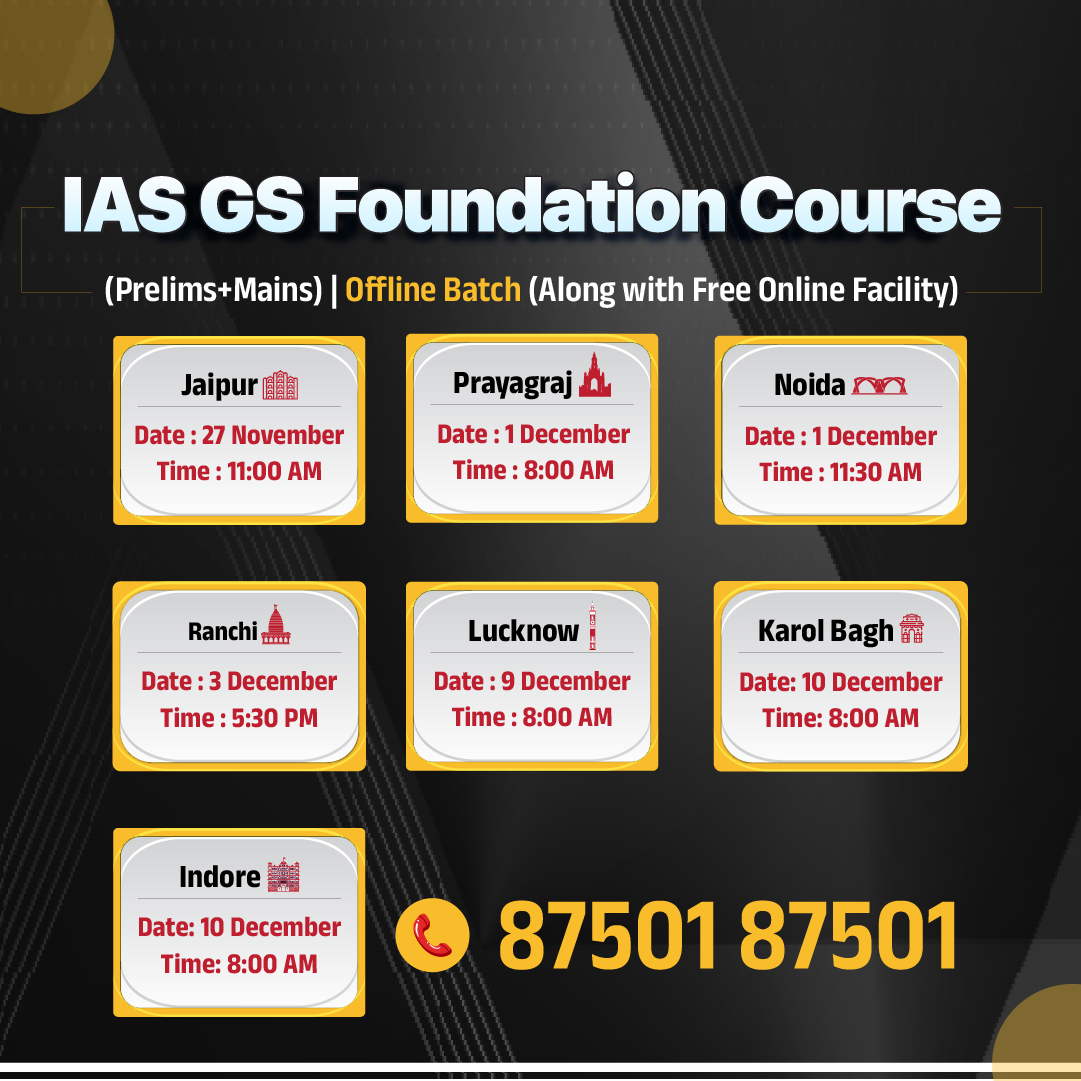

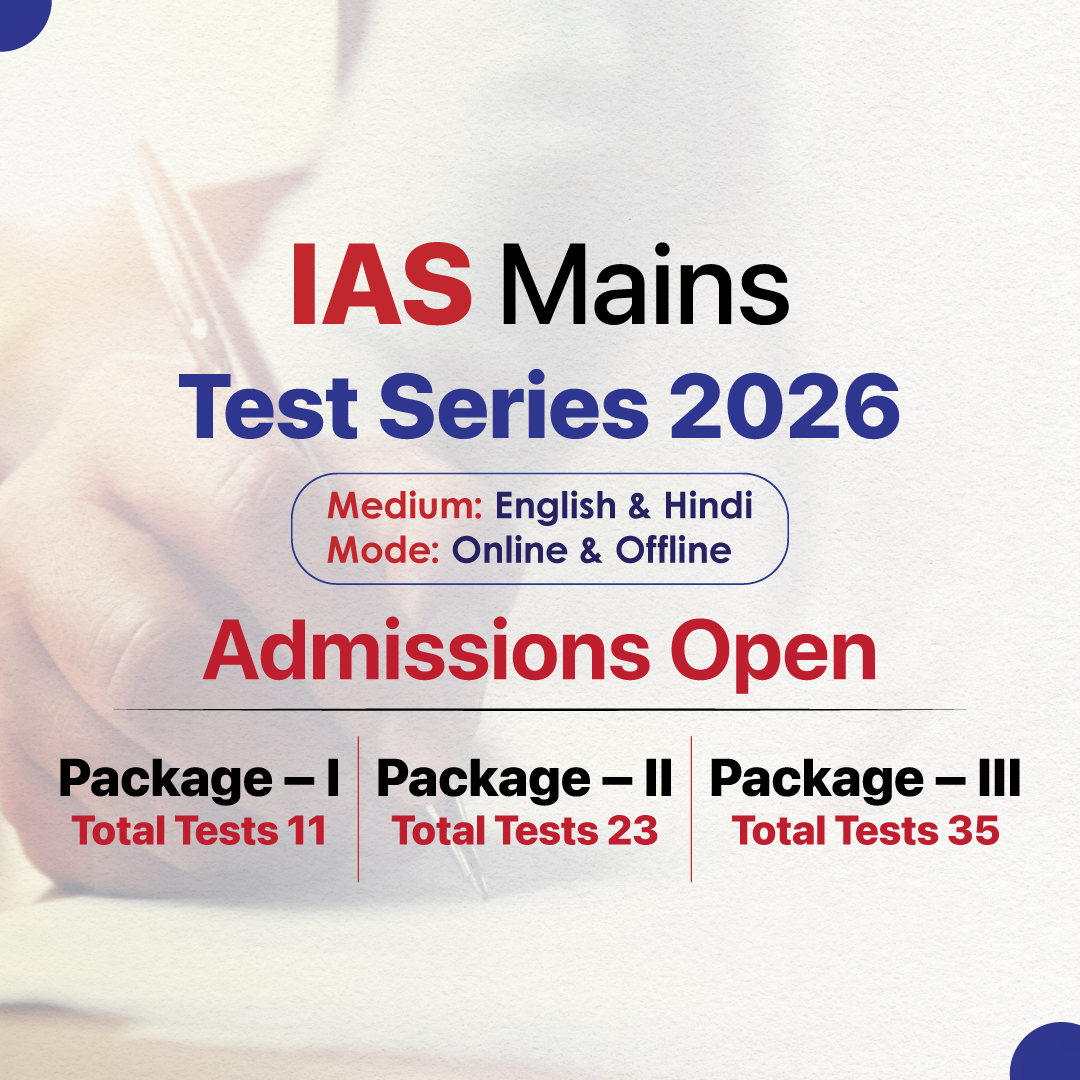

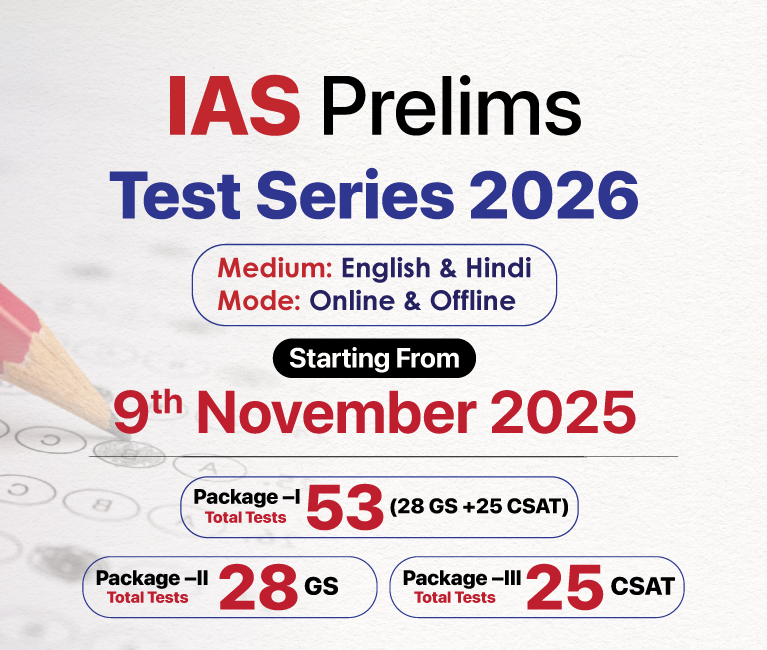
.png)
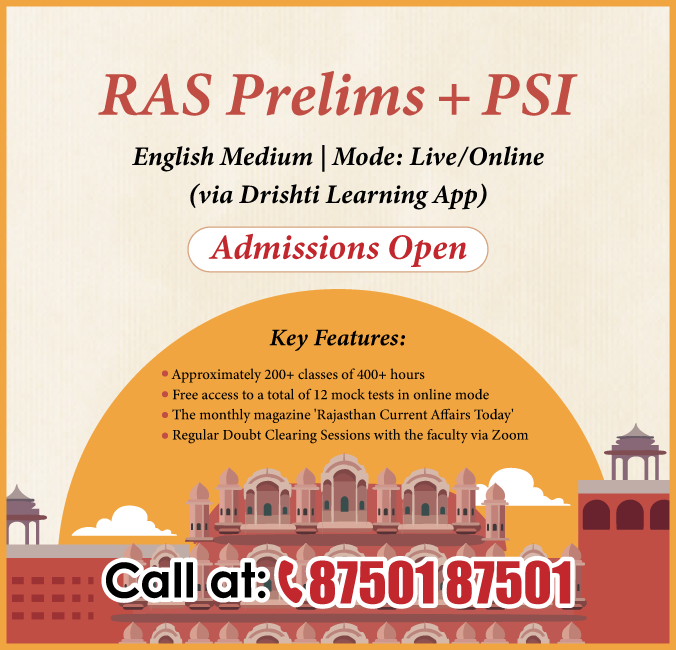

.jpg)

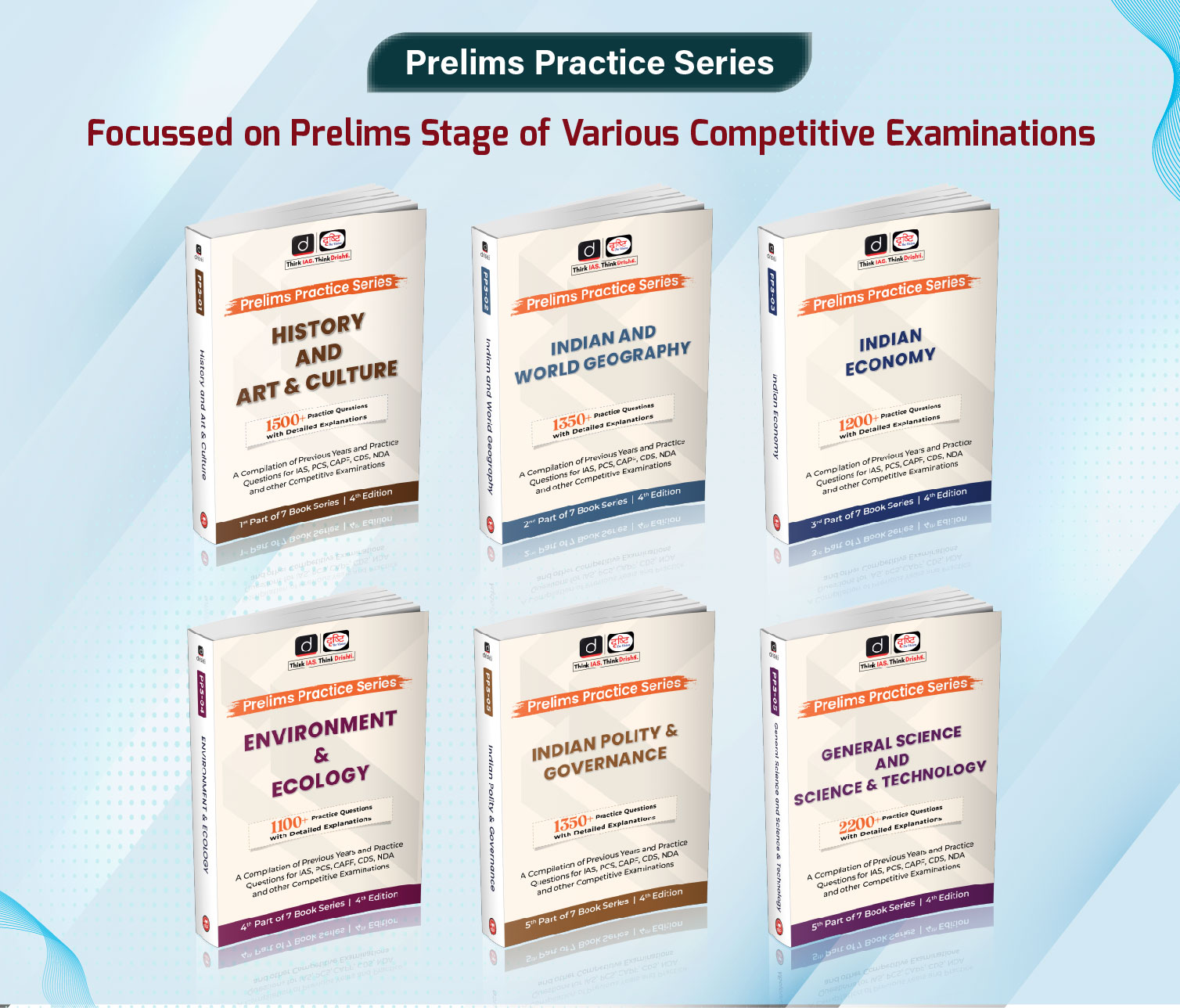

 PCS Parikshan
PCS Parikshan 1.jpg)
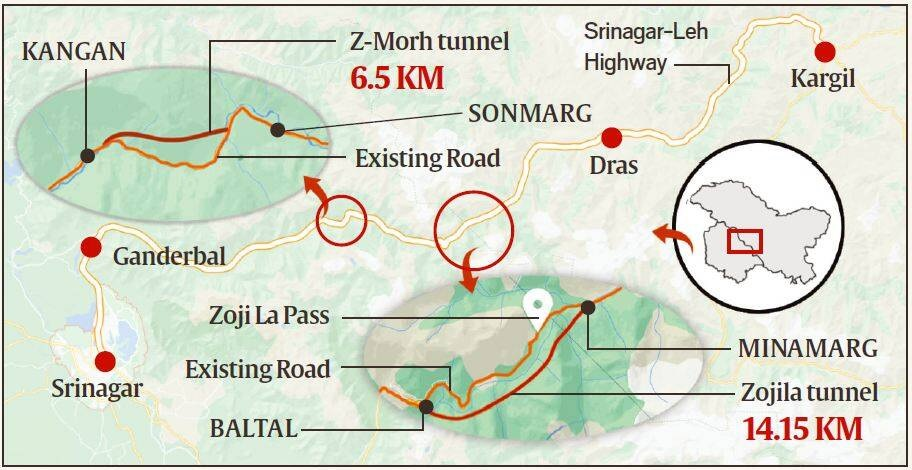
 2.jpg)


